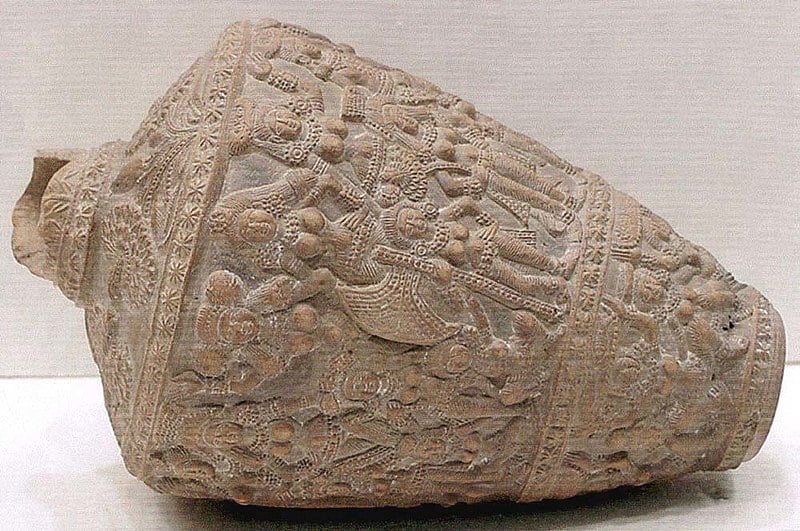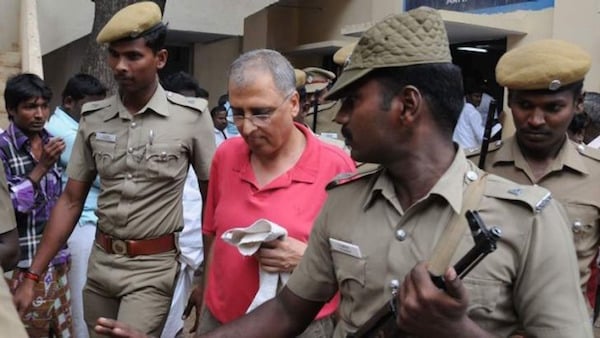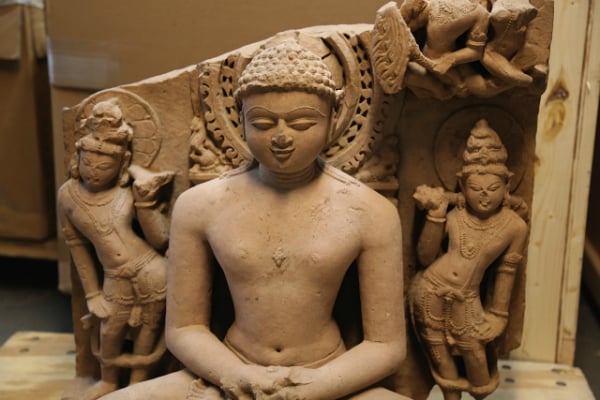Law & Politics
The Met Is Investigating Objects in Its Collection With Ties to Disgraced Dealer Subhash Kapoor. Will Other Museums Follow Suit?
Kapoor has been charged with operating a $145 antiquities smuggling ring.

Kapoor has been charged with operating a $145 antiquities smuggling ring.

Taylor Dafoe

The Metropolitan Museum of Art has changed course in the way it’s handling objects in its collection that came from disgraced art dealer Subhash Kapoor, who was arrested in 2011 for allegedly operating one of the largest antiquities smuggling operations in the world.
At the time, the Met said it would hold on to the objects in its collection connected to Kapoor, claiming they were not looted. But since Kapoor was charged with 86 felony counts in a New York City criminal court last month, the museum has been working with the government in India, where Kapoor was extradited, to investigate those objects again, according to the New York Times.
“As we have since learned of the multiple law enforcement actions, and in the spirit of our enhanced procedures over recent years, we are now seeking to identify additional provenance information,” the Met said in a statement published by the Times.
The museum declined to comment on the extent of its collaboration with Indian authorities and whether or not the 15 items now in question—ranging from first-century terra-cotta rattles to an 11th-century sandstone sculpture of a dancer—were indeed suspected of being looted. The objects were either acquired directly from Kapoor or from collectors that had previously purchased from the dealer.

Former Manhattan antiquities dealer Subhash Kapoor is awaiting trial in India. Photo by M. Moorthy/The Hindu.
If the works are found to have been obtained illegally by Kapoor, the institution will likely be pressured to repatriate them to India.
The Met is known for its strict authentication policy for acquiring artifacts, and requires that each commodity come with official export and import licenses. However, the museum declined to tell the Times if the 15 Kapoor-connected objects entered the collection with such licenses, noting only that, “as each gift entered the collection it underwent the review protocol of that time — which is to acknowledge that we and the entire field have heightened procedures in recent years.”
The criminal charges filed against Kapoor by the Manhattan District Attorney’s Office last month, which include counts of grand larceny and criminal possession of stolen property, accuse the dealer of selling $145 million in antiquities over the course of nearly 40 years. In addition to the Met, he counted many major museums as clients, including the Los Angeles County Museum of Art; the Museum of Fine Arts, Boston, and the Art Institute of Chicago.

A sandstone stele of Rishabhanata from the 10th century, believed to have been looted and seized in a raid of Christie’s as part of an international investigation into Subhash Kapoor. Courtesy of the Department of Homeland Security.
Several other institutions, including the Toledo Museum in Ohio, the Honolulu Academy of Arts, the Birmingham Museum of Art, and the Samuel P. Harn Museum of Art at the University of Florida, have all deaccessioned antiquities connected to Kapoor in the past five years. It remains to be seen whether the Met’s decision to cooperate with investigators could influence other museums to follow suit.
Kapoor, now 70, has spent the last eight years detained in India, awaiting trial. Following the completion of the case, he will be extradited to the US to stand trial for the new charges.